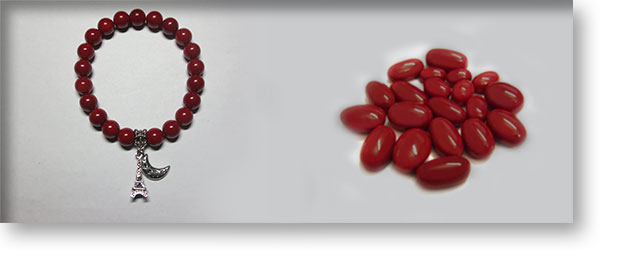
Acknowledged industry-wide as the world leader in data conversion and signal conditioning technology, Analog Devices serves over 60,000 customers, representing virtually all types of electronic equipment.

About Analog DevicesInnovation, performance, and excellence are the cultural pillars on which Analog Devices has built one of the longest standing, highest growth companies within the technology sector.
#Shatter prices in ann arbor software
It is this powerful combination of software flexibility and scalability that has gained Blackfin widespread adoption in convergent applications such as digital home entertainment networked and streaming media automotive telematics and infotainment and digital radio and mobile TV. Our work with Ann Arbor Systems again highlights that designers can have it all with Blackfin low-cost, high-performance and great power efficiency. A Convergent Future Demands Blackfin-Class ProcessingAnalog Devices Blackfin® embodies a new breed of 16/32-bit embedded processor with the industrys highest performance and power efficiency for applications where a convergence of capabilities multi-format audio, video, voice and image processing multi-mode baseband and packet processing and real-time security and control processing are critical. We made some minor modifications to the prototype board, but the camera worked the first time with very few changes to the software. Added John Croteau, General Manager, Convergent Platforms and Services Group, Analog Devices, Inc., ∺cross industries, our Blackfin processors are being adopted in greater and greater numbers as a key enabling technology in designs that place a premium on innovation and time-to-market.
#Shatter prices in ann arbor drivers
We designed our camera using the Blackfin STAMP board and uClinux, which provided the software drivers we needed for the Ethernet interface, to name one example. Using a graphical user interface (GUI) and the Blackfin STAMP development platform, Ann Arbor was able to write its own device-specific drivers and modified parameters.Having uClinux on Blackfin dramatically reduced our development time and costs, said Kryskowski. Weve been so blown away by the processors performance that we plan to use the ADSP-BF561, the dual core Blackfin processor, for our next-generation thermal infrared imaging camera. Ann Arbor also benefited from using uClinux an open-source embedded real-time operating system (RTOS), which is ported on Blackfin processors to develop its application. To develop a lower-cost solution, we needed a signal processor that offered a low-risk, rapid design cycle that did not require a lot of glue logic to connect the processor to memory and peripherals.With its high-level of integration on a single chip and processing performance of 600 MHz, Blackfin proved to be the ideal solution for us. Ann Arbors AXT100 camera uses an array of sensors, called Thermopile Focal Plane Array (TFPA), which allows for much smaller, lighter, and more power-efficient cameras.Until now, fixed cameras for process-control applications were very expensive and not widely adopted because of the cost barrier, said David Kryskowski, director of Ann Arbor Sensor Systems. (NYSE: ADI), a global leader in high-performance semiconductors for signal processing applications, today announced that its ADSP-BF533 Blackfin® is enabling the AXT100 thermal infrared imaging camera from Ann Arbor Sensor Systems LLC (Blackfin, which plays a pivotal role in the AXT100s transformation of infrared energy into color images, has ultimately helped Ann Arbor shatter the traditional price/performance barriers that have slowed the thermal infrared imaging camera market.Infrared imaging is critical in manufacturing applications, such as die-casting and plastic injection, for specifications that are not visible to the naked eye.

Norwood, MA (February 2006) - Analog Devices, Inc. Infrared imaging is critical in manufacturing applications, such as die-casting and plastic injection, for specifications that are not visible to the naked eye.

Blackfin DSP helped Ann Arbor shatter the traditional price/performance barriers that have slowed the thermal infrared imaging camera market.


 0 kommentar(er)
0 kommentar(er)
